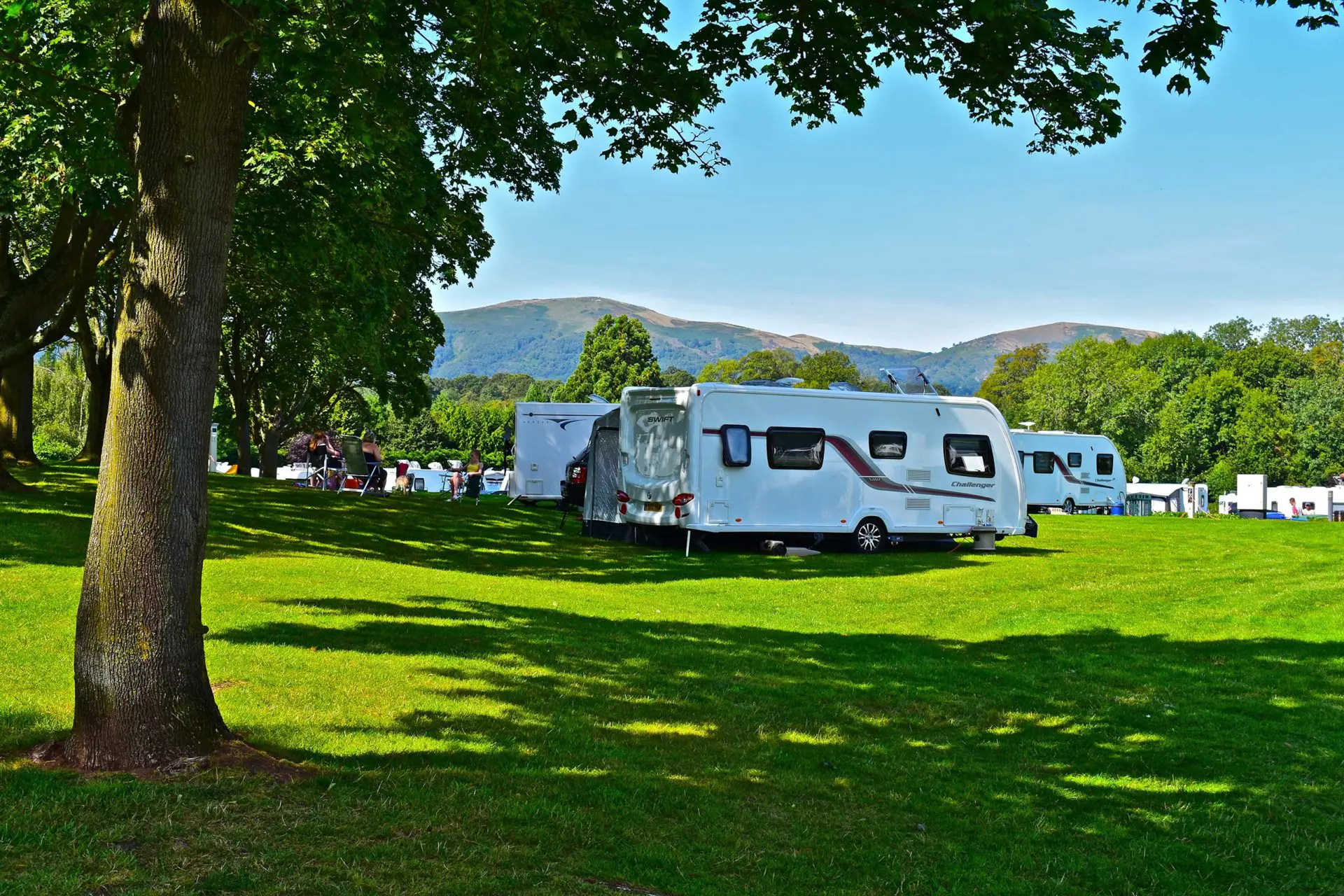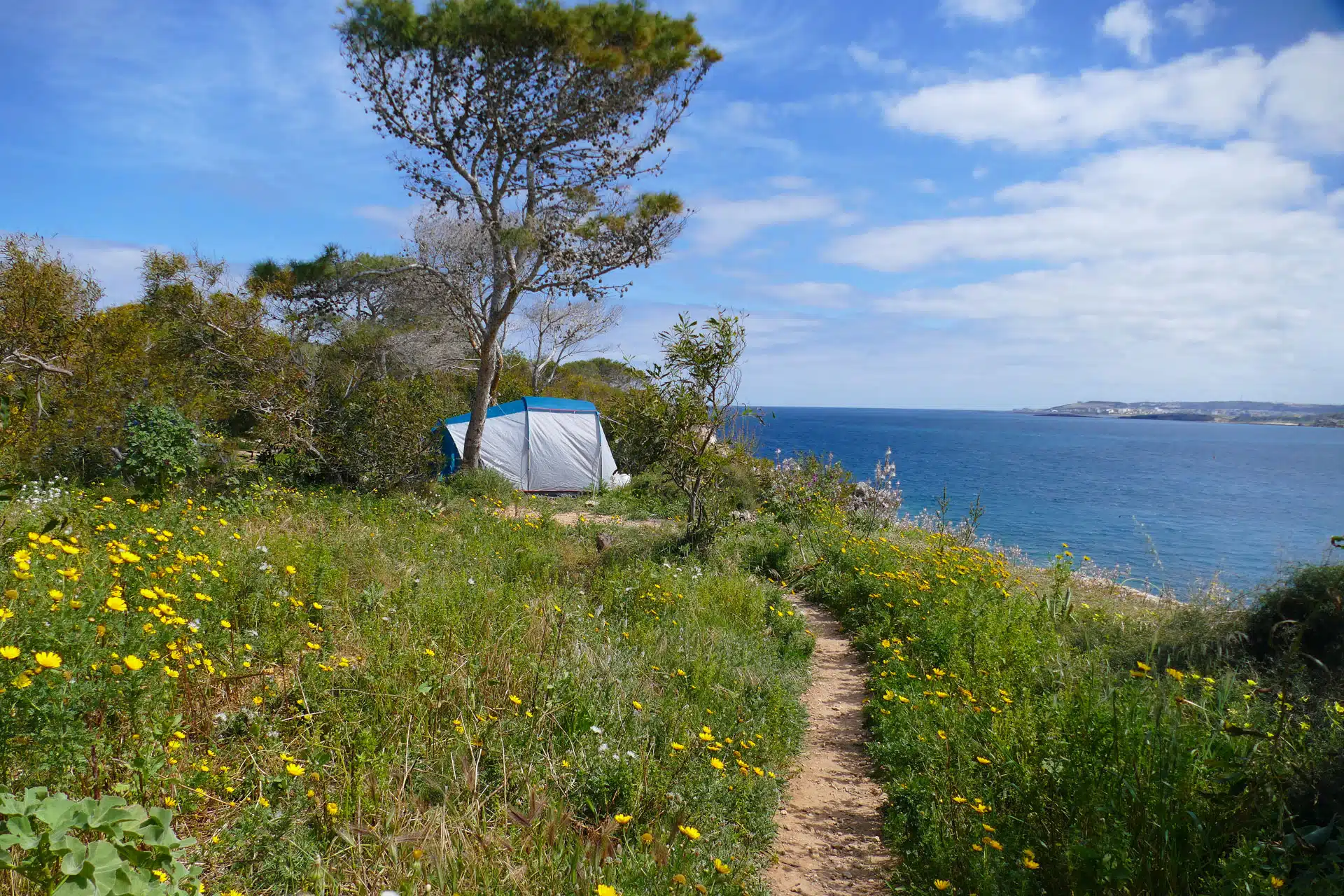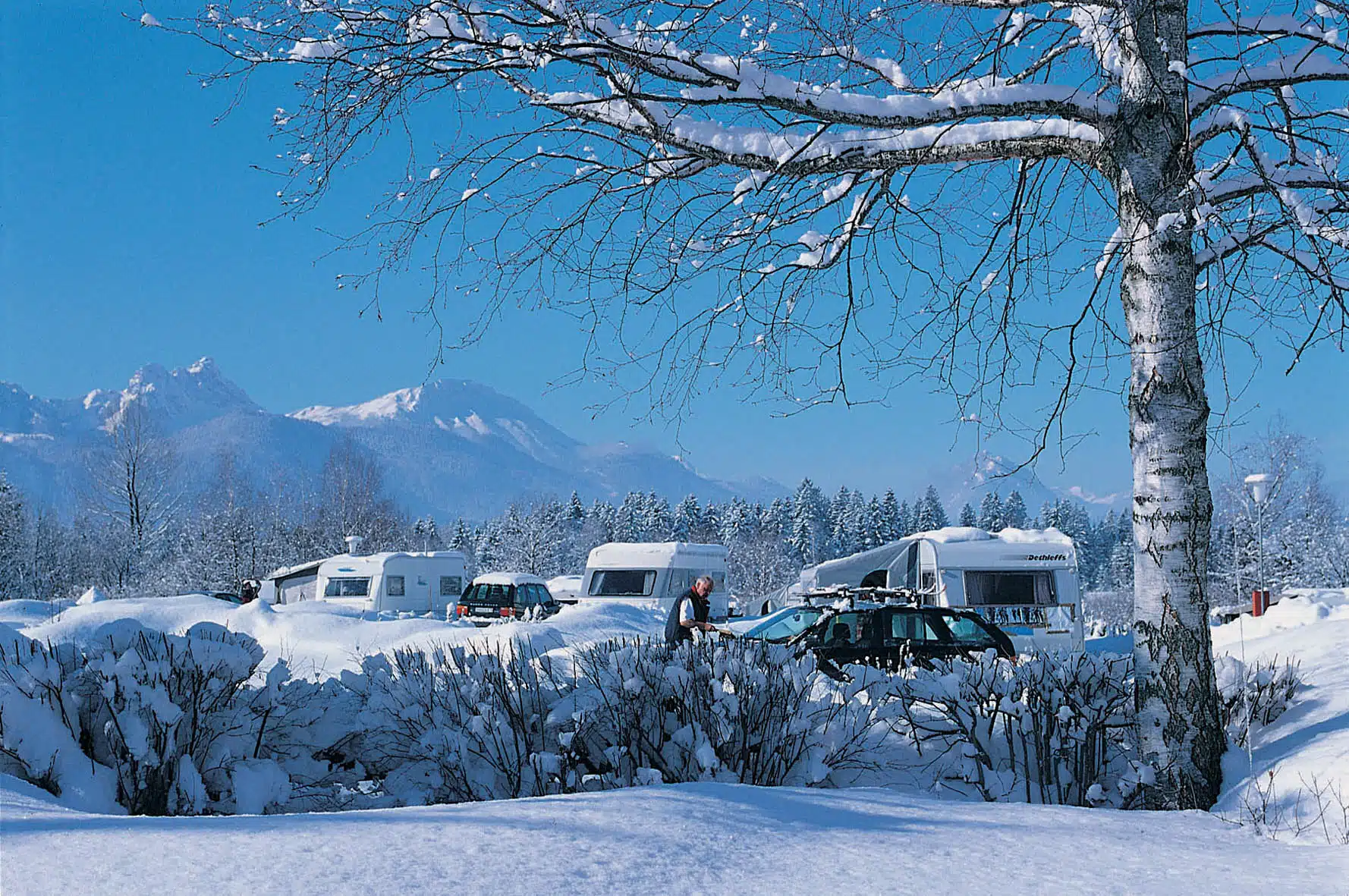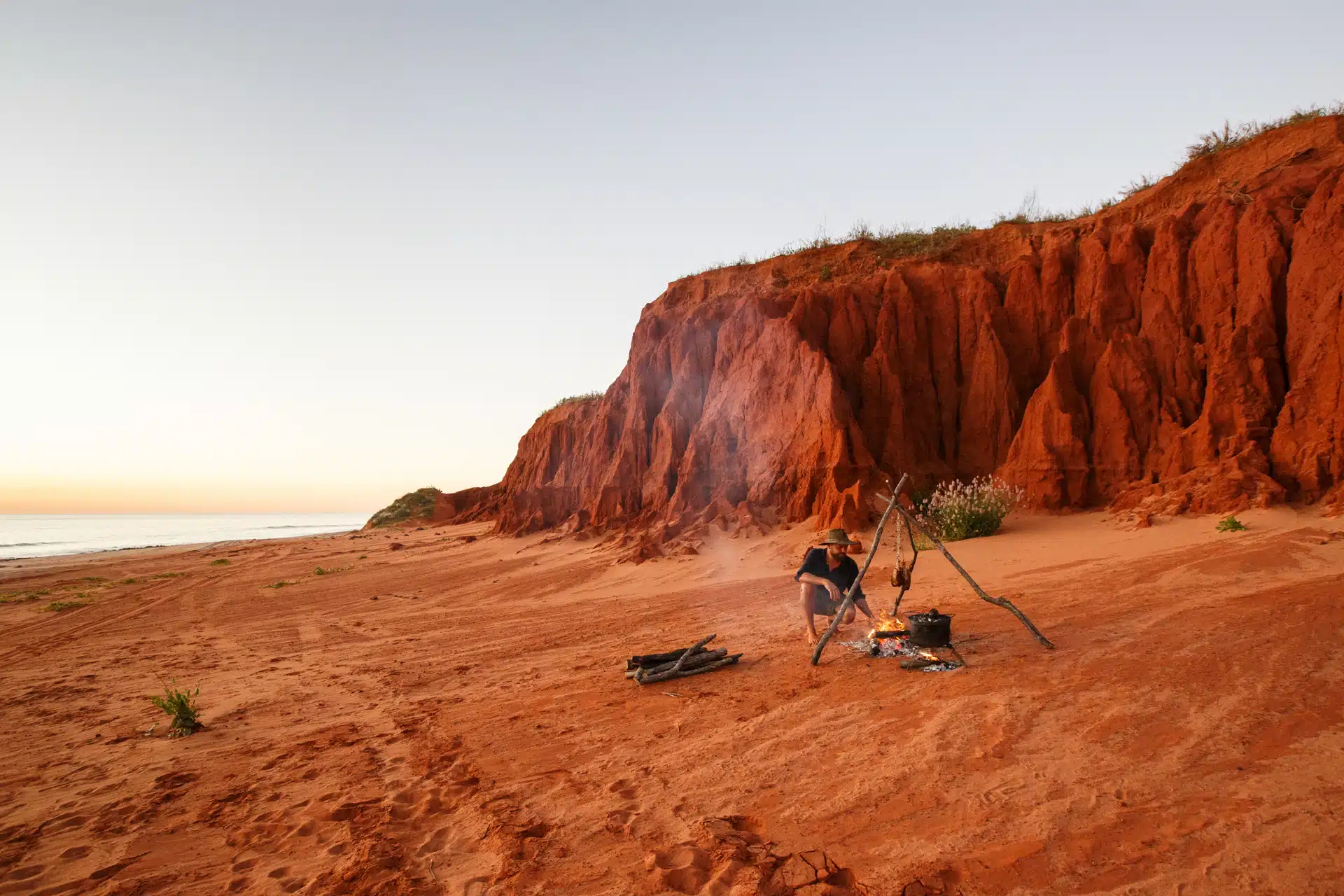It’s very easy to spot the Malvern Hills from a distance. They stick out as an endearing anomaly – a long, bony ridge surrounded by flatter ground. The Malverns are one of the most distinct landmarks within the English landscape. It’s one of the reasons why they are, collectively, recognised and designated as an Area of Outstanding Natural Beauty (AONB). And, in 2019, The Malverns celebrated 60 years as such.
AONBs are nationally designated areas of landscape that offer distinct character and natural beauty and command the same level of protection as a national park.
The Malvern Hills AONB covers some 40 square miles, which includes the main ridge of hills and lower ground within Herefordshire, Worcestershire and Gloucestershire.
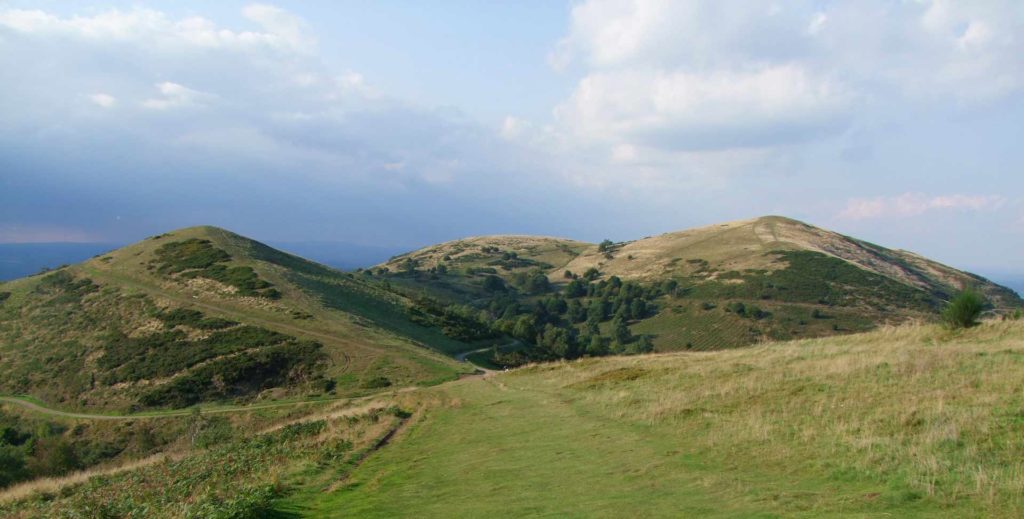
So what is there to do here?
Walking is an obvious choice. The Malvern Hills are open access ground and there’s a footpath that runs along the main ridge from Chace End in the south to North Hill, a strenuous walk of some 9.3 miles. The ridge of the Malvern Hills undoubtedly offers some of the finest views in the region, including the hills themselves, owing to their length. Stand atop the Iron-Age hillfort, British Camp for scenic views of the Worcestershire Beacon, the highest point on the Malverns; or, indeed, the Beacon provides a remarkable look-out post for views further north and south.
Or you could take a Discovery Walk offering insight into the landscape, history and features of the Malvern Hills. There are seven to select from, each beginning in a different location within the AONB and showcasing various landscape features. Various ‘Miles Without Stiles’ walks have also been created to avoid access barriers; leaflets providing details of these routes and the Discover Walks can be downloaded from the Malvern Hills AONB website.
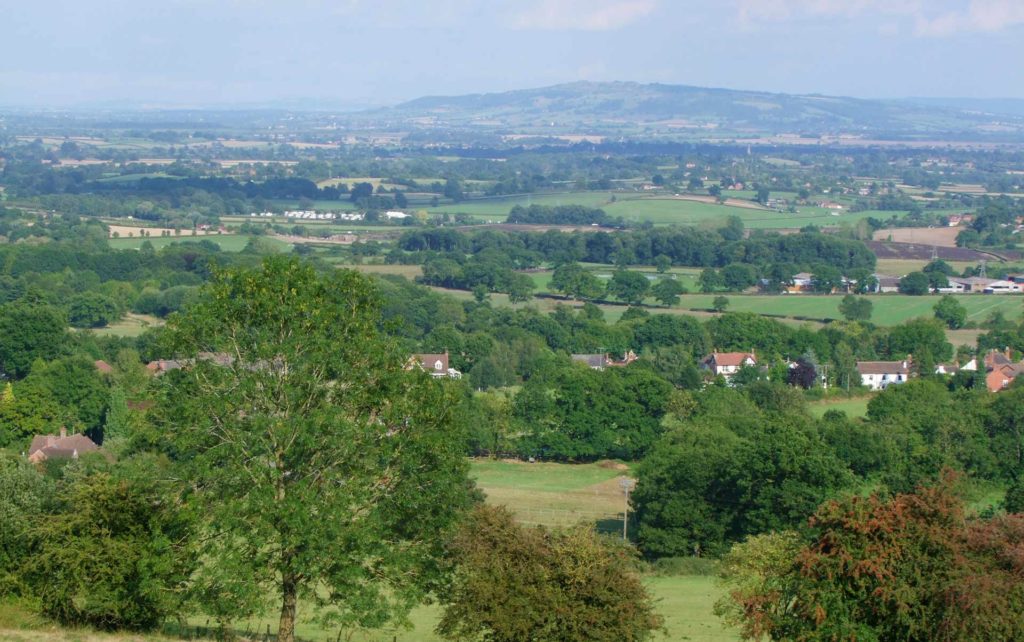
The Malverns are Great
For a good starting point, follow the Route to the Hills, a new walking route that allows visitors to explore the town of Great Malvern. The route features signage, plaques, seating and artwork telling the many stories of the Victorian spa town.
While in town, you’ll find plenty of independent shops and cafes to support – a popular establishment is the charmingly old-fashioned Bluebird Tearooms, on Church Street. It does an excellent pot of tea and very good piece of cake and was the preferred eatery of the English composter Sir Edward Elgar, whose statue, baton in hand, stands in Belle Vue Island overlooking the tearooms.
Do make time to visit the Malvern Museum, located in the medieval Abbey Gateway, and, indeed, a visit to the cathedral-sized Great Malvern Priory, which dominates the skyline of the town. And, keep an eye out, too, for Malvern’s famous gas lamps that still illuminate the streets at night. Reputedly they inspired C. S. Lewis to write The Lion, The Witch and The Wardrobe.
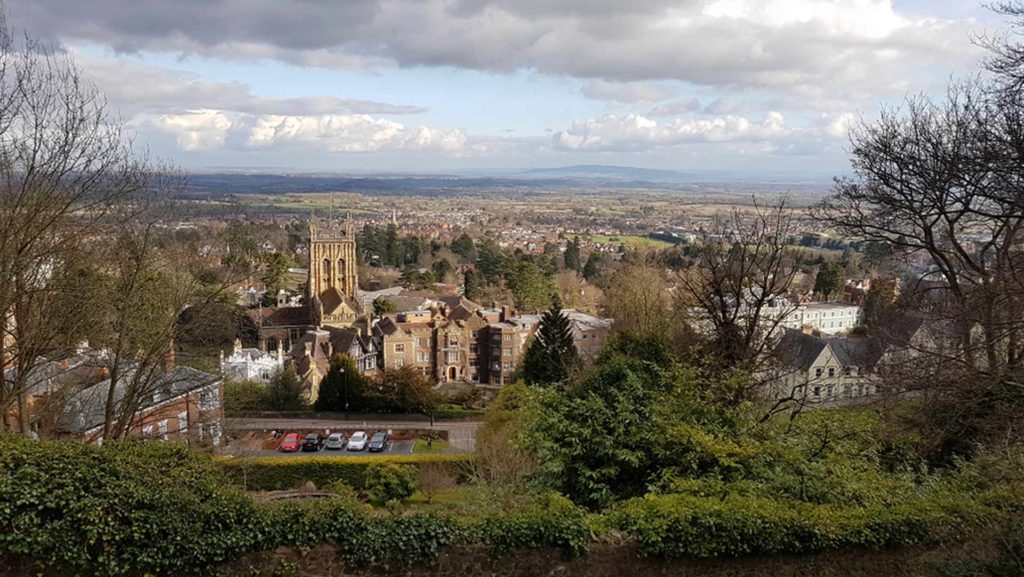
Ever since Sir Edward Elgar lived and worked in the area (he is buried in the grounds of St Wulstan’s Church in Little Malvern,) and George Bernard Shaw helped to organize drama festivals in the early 20th century, Great Malvern has been renowned as a cultural and artistic centre.
The Malvern Theatres Complex, overlooking Priory Park, attracts world-class drama, dance and opera companies throughout the year in addition to classical concerts.
But, if your love is for classic cars, a factory tour of the Morgan Motor Company will provide some insight into how these handcrafted cars are made. You could even hire a vintage Morgan car for the weekend.
There are miles of mountain bike trails on the Malvern Hills and, less strenuous, in the foothills around. The composer Sir Edward Elgar loved cycling and he would think up many of his pieces while riding his bike along the lanes around the various houses he once called home within the area – both his famous Enigma Variations and Land of Hope and Glory, ritualistically resonating through the Last Night of the Proms every year, were written from his Worcestershire home.
There’s an easy six-mile cycle route that’s suitable for families, which starts close to Elgar’s Birthplace in Lower Broadheath, and gives cyclists a flavour of quiet, rural lanes and pretty villages. A route map can be downloaded from the Visit the Malverns website.
Elgar’s Birthplace, run by The National Trust, is a humble country cottage and an inspiring place to visit to see where one of England’s greatest composers grew up. The tiny country cottage offers a glimpse of social history while the accompanying Elgar Experience Exhibition explains Elgar’s life in music and living in his beloved Worcestershire.
Water, water everywhere
The Malvern Hills are renowned for the spring water that trickles off the hills; it’s the very reason that Great Malvern became an attractive and popular spa town in the Victorian era, when visitors would stay to ‘take the waters’. You can still fill up a bottle for free, straight from the spring at places like Hayslad Fountain on the West Malvern Road. Or you can bathe in the mineral water at The Malvern Spa, purpose-built in 2008. Day visitors can use the indoor-outdoor hydrotherapy pool, heated to 35˚C, enjoy a relaxing siesta beneath giant olive trees in the Mediterranean surroundings of the Grand Salon, or freshen up in The Thermal Suite, where four heat experiences and two cold therapies await guests. Alternatively, day visitors can book a day spa package that includes various spa treatments.
Heading downstream
While the Malvern Hills dominate the most western edge of Worcestershire, bordering Herefordshire, to the east lies the Severn Valley. Upton-upon-Severn, seven miles from Great Malvern, is situated beside the River Severn and, here you can take a leisurely boat trip to explore the river on board the MV Conway Castle, or hire a day boat. Charming Upon-upon-Severn is filled with 17th-century architecture, pubs and appealing shops, including The Map Shop (one of the best-loved shops in Britain for keen travellers). But keep an eye out for ‘The Pepperpot’, Upton’s most distinctive landmark, a medieval church with the later addition of an 18th-century cupola. You can’t miss it! Today, The Pepperpot houses the tourist information and heritage centre. Make sure to also visit Lovell’s Vineyard and Clive’s Fruit Farm, perfect for stocking up on local produce such as ‘Elgar’ wine, PYO fruit and homemade cider.
Discover Where to Stay
Kings Green Caravan Park
Situated at the foot of the Malvern Hills, this small, family site is well maintained and offers a picturesque fishing lake. Some of the hardstanding and grass pitches offer views of the hills. Amenity block includes facilities for the disabled and a laundry room.
Kingsgreen, Berrow, Malvern, Worcs, WR13 6AQ
Tel: 01531 650272
www.kingsgreencaravanpark.co.uk
Blackmore Camping and Caravanning Club Site
This 190-pitch site offers hardstanding pitches for touring caravans and motorhomes plus tent pitches and the Club’s award-winning Ready Camp pre-erected ‘glamping’ tents. With views of the Malvern Hills, the site is well located for visiting the Three Counties Showground, where many notable rural shows take place throughout the year. The campsite is open all year and accessible to non-members.
No 2 Hanley Swan, Worcestershire, WR8 0EE
Tel: 01684 310280
www.campingandcaravanningclub.co.uk

